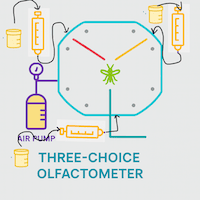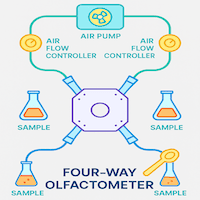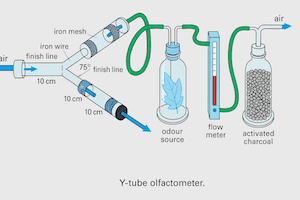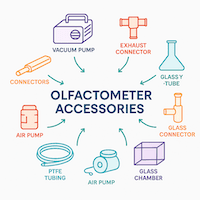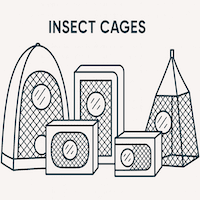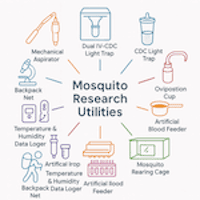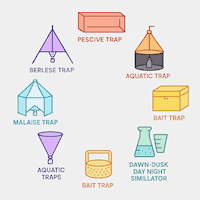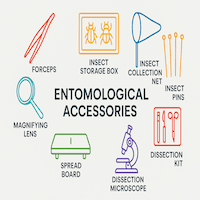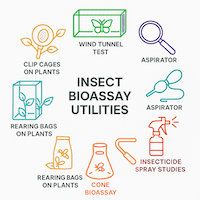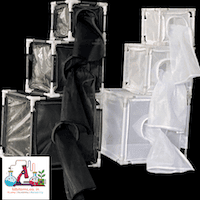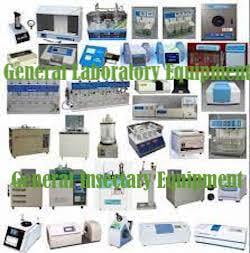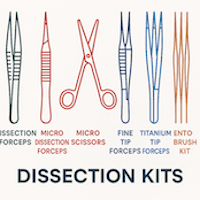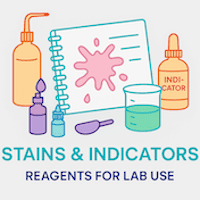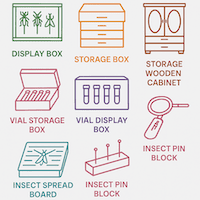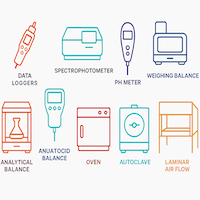


Germination Paper per kg
Customize
Germination Paper: A Crucial Tool for Agricultural Research
Germination paper is a specialized type of absorbent paper designed to create a controlled environment for seed germination. It's a vital tool in agricultural research, providing a consistent-moist surface that supports germination and early plant growth.
Our high-quality germination paper is specifically designed for accurate and efficient seed testing in agricultural and research applications. Made from pure cellulose fibers, it offers excellent moisture retention and uniform surface texture to support reliable germination studies across a wide range of crops.
Ideal for use in seed laboratories, agricultural universities, and field research stations, this paper promotes optimal seed development by maintaining consistent humidity and cleanliness during testing. It is compatible with rolled towel tests, between-paper methods, and petri dish testing protocols.
Features:
Made from 100% cellulose, lint-free and non-toxic
Provides uniform moisture distribution
Suitable for all standard seed germination test methods
Available in various sizes and GSM options
Packaged for lab and field use
Perfect for seed technologists, agronomists, and plant researchers, our germination paper ensures consistency, accuracy, and ease in seed viability assessments.
Why Use Germination Paper?
Controlled Environment: Germination paper offers a controlled environment, allowing researchers to isolate specific factors affecting seed germination like lack of uniform availability of moisture and temperature. This allows to testing or growing the seeds thought year without depending on the arrival of suitable environmental conditions that are suitable for the growth of the specific plant species.
Uniformity: The paper provides a uniform surface for seed placement, ensuring consistent germination rates.
Sterility: Germination paper is often sterile (if not it can be sterilized by autoclaving it or by spraying appropriate fungicide or bactericides on it), preventing contamination by pathogens that might affect reliable results.
Data Accuracy: By using germination paper, researchers can obtain accurate data on days of germination, seed germination rates, seedling vigor, root and shoot length, and other important parameters.
Applications in Agricultural Research
Germination paper is used in a wide range of agricultural research areas, including:
Plant Breeding: Evaluating the germination characteristics of different plant varieties to select those with superior traits like short germination time, high vigor in pre-plant stage or at seedling stage, longer survival time -depends on the nutrient available in the seeds etc.
Crop Science: Investigating the effects of environmental factors, such as temperature, light, and soil conditions, on seed germination and seedling development.
Horticulture: Assessing the germination rates of ornamental plants and developing propagation techniques.
Forestry: Studying the germination behavior of tree seeds and optimizing reforestation efforts. This helps to understand the days taken by the seed to germinate, sustainability of the growth of the plant seedling, root length of the plant etc.
How to Use Germination Paper
Preparation: Moisten the germination paper with a specific nutrient solution or distilled water. Few of the times these waters may contain fungus preventing pesticides likes Bavistin to prevent growth of fungus on the moist seeds. Gemination influencing chemicals or promoters can also be employed for testing purposes
Seed Placement: Carefully place the seeds on the paper, ensuring even spacing. Narrow, uneven spaces might increase difficulty in separating the test material for further research as the roots and shoots interwind as the seedling grow
Incubation: Place the paper, with the seeds, in a controlled environment chamber with specified temperature, humidity, and light conditions.
Monitoring: Record the number of germinated seeds daily until a predetermined endpoint is reached or any other data point that is in interest of the researcher
Data Analysis: Analyze the germination data to determine factors influencing germination rates, seedling vigor, and other relevant parameters.
Germination paper is an indispensable tool for agronomy and seed sciences, providing valuable insights into seed biology and plant development. By understanding the factors that influence seed germination, scientists can develop strategies to improve crop yields, ensure food security, and protect plant biodiversity.
Germination paper for seed testing in India, agricultural germination paper for ICAR labs, buy germination paper for IARI New Delhi, SKUAST Jammu seed germination paper, TNAU Coimbatore seed testing paper, Pantnagar Agricultural University germination blotter paper, seed germination paper for Punjab Agricultural University Ludhiana, CCS HAU Hisar agriculture lab supplies, ANGRAU Guntur seed research paper, agricultural university lab paper in Junagadh, Bidhan Chandra Krishi Viswavidyalaya Kalyani germination paper, UAS Bangalore plant science lab paper, OUAT Bhubaneswar agricultural college supplies, germination paper for MPKV Rahuri labs, RAU Pusa Samastipur seed testing paper, Dr. YSR Horticultural University Venkataramannagudem testing paper, germination sheets for Kerala Agricultural University, agri paper for BAU Ranchi seed labs, seed test paper for Assam Agricultural University Jorhat, agricultural supplies for Navsari Agricultural University, dryland agri testing paper for UAS Dharwad, paper for germination study in CAU Imphal, germination sheets for Tamil Nadu seed certification centers, high-quality seed germination paper for private agriculture labs India, seed research paper for agritech companies Hyderabad, germination support paper for agribusiness consultants Pune, seed viability paper for Krishi Vigyan Kendras, seed paper for ICAR regional research stations, farm science lab germination paper Tamil Nadu, Gujarat agricultural biotech labs seed paper, Chhattisgarh agri university testing paper, Rajasthan agri lab germination sheets, West Bengal agri college seed test paper, Odisha seed research field labs germination paper, Jharkhand farming science center seed paper, Assam Krishi Vikas Kendra germination support material, Maharashtra seed processing units germination paper, Karnataka seed quality control lab paper, Telangana private seed lab germination tools, Uttarakhand seed viability test paper, seed research paper Tamil Nadu startup incubators, agri biotech lab materials for germination, seed paper for village-level agri testing labs, government seed certification agency germination paper, university research station seed paper, paper for seed sprouting test labs, seed testing consumables for agri college labs, agriculture equipment and lab material suppliers India, agriculture university product supplies for seed testing labs, and germination sheets for government and private agricultural institutions in rural India.


